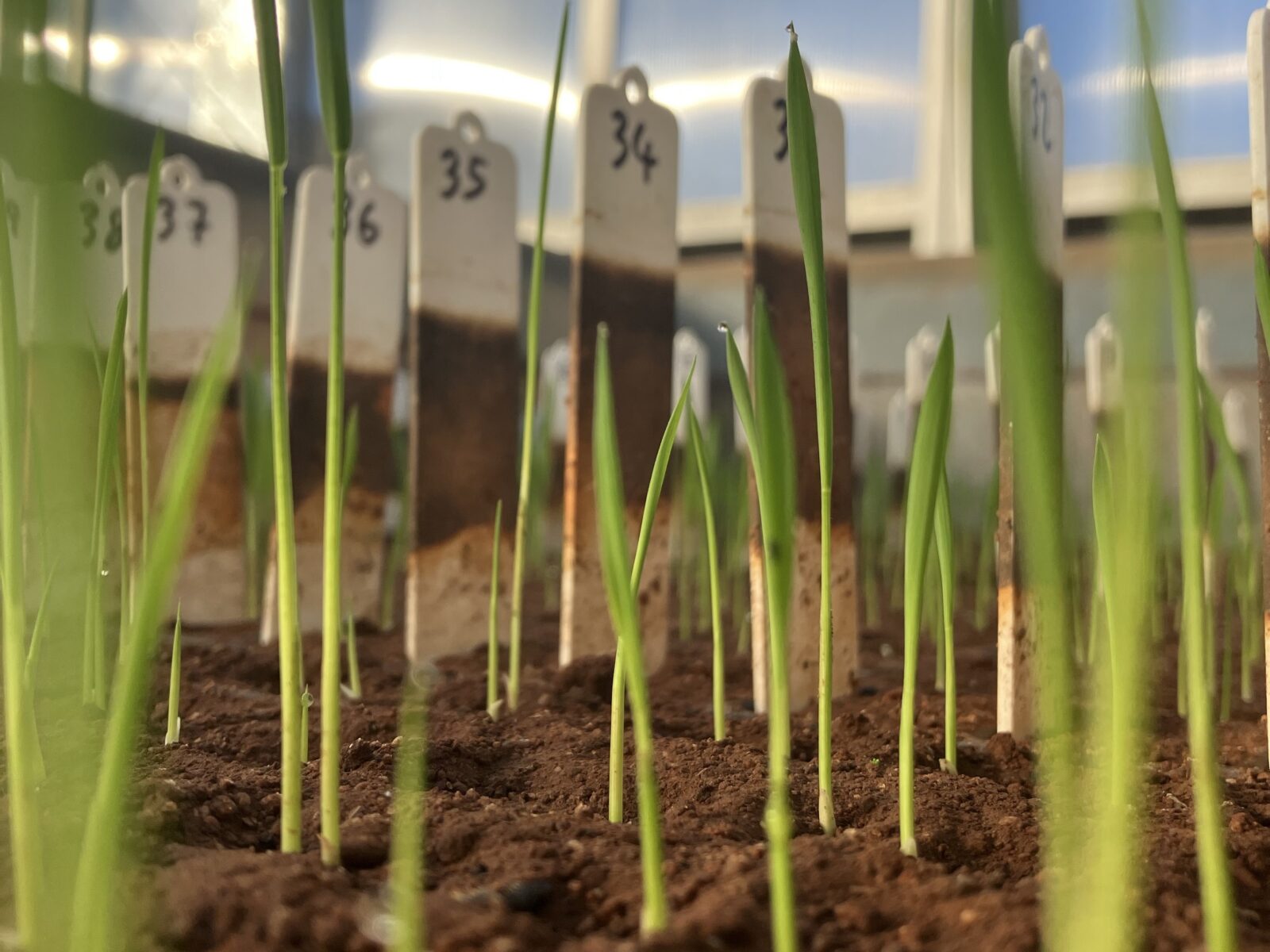A potential game-changer for older mare fertility: Niacin enters the chat

 RICE / Friday, 28 November 2025
RICE / Friday, 28 November 2025 
Accelerating genetic gain
At the start of the 2025 season, RBA set an ambitious goal: to build on the success of the previous year by substantially expanding the scale of its breeding program.
Breeding at scale is a critical driver for improving the rate of genetic gain, and this year marked a major uplift in activity, with a number of new varieties created and evaluated.
Key achievements include:
Building best-in-science partnerships
RBA’s established research collaborations continued to strengthen year on year, supporting the delivery of best practice breeding outcomes and optimum rates of genetic gain for Australian rice. Continued progress was made to enhance cold tolerance in Australian rice varieties. This is a critical success factor for transforming water productivity for the industry.
Understanding the genetic controls for cold tolerance
The University of Queensland (UQ), supported by grower levies through the AgriFutures Rice Program, has discovered several specific locations on the rice genome – called Quantitative Trait Loci (QTL) – that are involved in cold tolerance control. These are the key regions on the rice genome that control cold tolerance.
High throughput breeding tools
Using specific DNA code (markers) located at or very near to these QTL, RBA can determine whether potential varieties carry cold tolerance traits. This can be done very quickly in the laboratory, without having to expose potential varieties to cold temperatures in the field. This allows the team to deliver faster and at much larger scale with a greater probability of success.
In 2025, this DNA marker technology was used to improve cold tolerance at scale for the first time. All potential varieties entering yield evaluation were tested to confirm they carried three of the known cold tolerance QTL, ensuring they are more cold tolerant than current commercial varieties.
For the first time, RBA applied high-throughput screening to preselect varieties carrying three known cold tolerance QTL. The result? Selections averaged 3.25 t/ha higher yields than the previous year.
These results were shared at the Australian Rice Conference in August 2025, signalling a new era for breeding efficiency and productivity and a very exciting prospect for the potential development of cold tolerant, high performing varieties.
Beyond cold tolerance – tackling lodging and exploring gene editing
Building on this success, RBA introduced DNA marker-based selection for lodging resistance, accelerating progress on this critical trait. Early progress is very encouraging.
A new partnership with the International Rice Research Institute in the Philippines and Swinburne University is exploring gene editing opportunities including traits like low glycaemic index.
Sharp focus on the next new varieties
Two standout developments shaped the year:
Investing in research infrastructure and capability
To support scale and modernisation, RBA invested in advanced plant breeding technologies and commenced construction of a world-class research facility near Leeton, NSW. This hub will consolidate operations and house critical glasshouse and nursery infrastructure. This signals a significant step for RBA and the Australian rice industry.
A funding application to Regional Economic Development Community Investment Program (REDCIP) aims to further enhance the site with office and seed processing facilities and realise RBA’s vision for consolidating all rice breeding operations (other than external field sites) at a single location.
Team depth and development
Two new graduates joined the team, to support growth in the scale of field and glasshouse operations. Team members also completed several development programs this year, including Senior Breeder Chris Proud’s embarking on the Australian Rural Leadership Program.
Connecting with industry
Engagement was front and centre in 2025 to further develop and enhancing communication and engagement with growers, industry and the broader community.
The following key activities were undertaken:
Corporate presence in rural media outlets increased, with press releases announcing infrastructure funding, Field Day outcomes, 2024 results, construction starting on our new facility articles in The Australian Rice Grower magazine and podcast for AgriFutures 100 Years of Rice.
Looking ahead
RBA’s progress in 2025 underscores its role as a catalyst for innovation in Australian rice breeding. With science-driven strategies, strong partnerships and a clear vision, the organisation is well positioned to deliver varieties that meet the industry’s future needs.
For more updates, visit ricebreedingaustralia.com.au or stay tuned for announcements in the coming season via the AgriFutures Rice Program.
 THOROUGHBRED HORSES / 28.11.25
THOROUGHBRED HORSES / 28.11.25  WORKFORCE AND LEADERSHIP / 28.11.25
WORKFORCE AND LEADERSHIP / 28.11.25  HONEY BEE & POLLINATION / 28.11.25
HONEY BEE & POLLINATION / 28.11.25  WORKFORCE AND LEADERSHIP / 28.11.25
WORKFORCE AND LEADERSHIP / 28.11.25